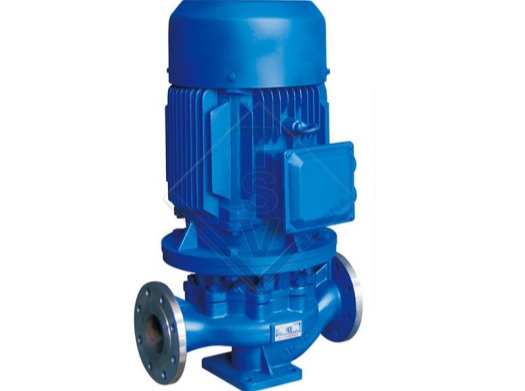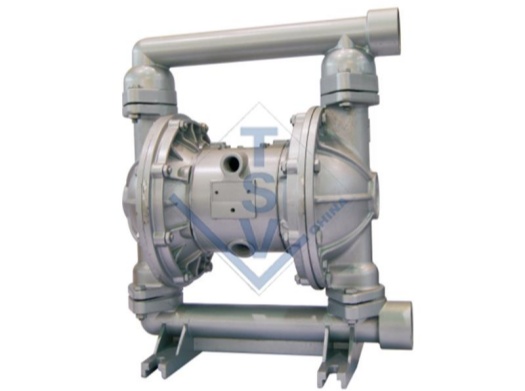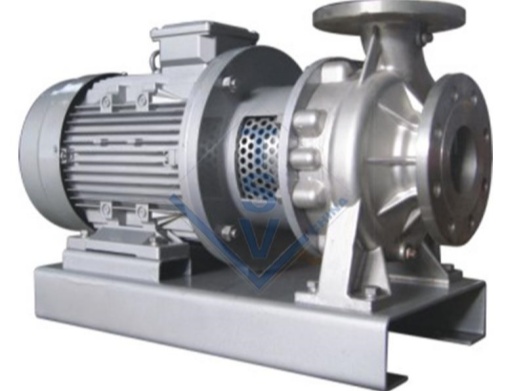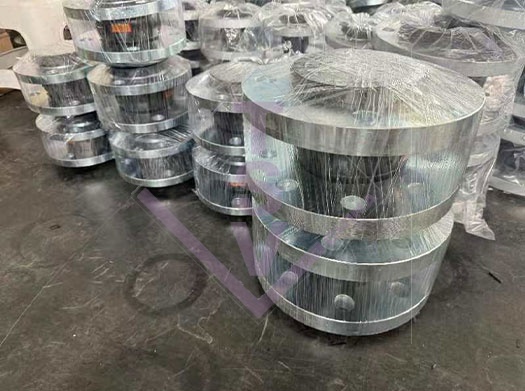An Expansion Joint is a mechanical device used in piping systems, bridges, buildings, and other structures to absorb thermal expansion, vibration, or movement caused by external forces. It is designed to provide flexibility, prevent damage, and maintain the integrity of the system or structure by accommodating changes in length, width, or height due to temperature fluctuations, seismic activity, or other dynamic conditions.
Key Features:
-
Flexibility: Expansion joints allow for movement in multiple directions (axial, lateral, or angular) to accommodate thermal expansion, contraction, or vibration.
-
Materials: Made from a variety of materials, including rubber, metal (stainless steel, carbon steel), fabric, or PTFE (polytetrafluoroethylene), depending on the application and environmental conditions.
-
Types: There are several types of expansion joints, each suited for specific applications:
-
Metal Expansion Joints: Used in high-temperature or high-pressure systems, such as pipelines or industrial equipment.
-
Rubber Expansion Joints: Ideal for absorbing vibration and noise in HVAC systems, water pipelines, or pumps.
-
Fabric Expansion Joints: Used in ducting systems to handle thermal expansion and chemical resistance.
-
Pipe Expansion Joints: Installed in piping systems to absorb thermal movement and reduce stress on pipes.
-
-
Compensation for Movement: Expansion joints can handle axial (lengthwise), lateral (side-to-side), and angular (bending) movements, ensuring the system remains intact under varying conditions.
Applications:
-
Piping Systems: Used in industrial pipelines, HVAC systems, and water treatment plants to absorb thermal expansion and vibration.
-
Bridges and Buildings: Installed to accommodate movement caused by temperature changes, wind, or seismic activity.
-
Industrial Equipment: Used in boilers, turbines, and exhaust systems to handle thermal expansion and reduce stress on components.
-
Transportation: Applied in rail tracks and roadways to allow for expansion and contraction due to temperature changes.
Advantages:
-
Stress Reduction: Prevents damage to pipes, structures, or equipment by absorbing movement and reducing stress.
-
Noise and Vibration Dampening: Rubber or fabric expansion joints can reduce noise and vibration in systems.
-
Leak Prevention: Maintains the integrity of the system by preventing leaks or cracks caused by movement.
-
Versatility: Suitable for a wide range of applications, from small pipelines to large industrial systems.
Limitations:
-
Maintenance: Requires regular inspection and maintenance to ensure proper functioning, especially in harsh environments.
-
Cost: High-quality expansion joints, particularly metal ones, can be expensive.
-
Installation Complexity: Proper installation is critical to ensure effectiveness, which may require specialized expertise.
Working Principle:
-
Expansion joints are installed between two fixed points in a system or structure.
-
When thermal expansion, vibration, or movement occurs, the joint flexes or compresses to absorb the stress, preventing damage to the system.
-
The design of the joint (bellows, rubber sleeve, or fabric) allows it to accommodate movement while maintaining a seal or connection.








 Request a Quote
Request a Quote